For custom catalogue printing, one of the most crucial decisions you'll make is the type of binding. As a professional printer in high-quality catalogue printing, I've seen firsthand how the right binding style can elevate a catalogue from a mere collection of pages to a cohesive, professional marketing tool.
In this article, I aim to explore the six common styles of catalogue binding, so you can make an informed decision for your next project.
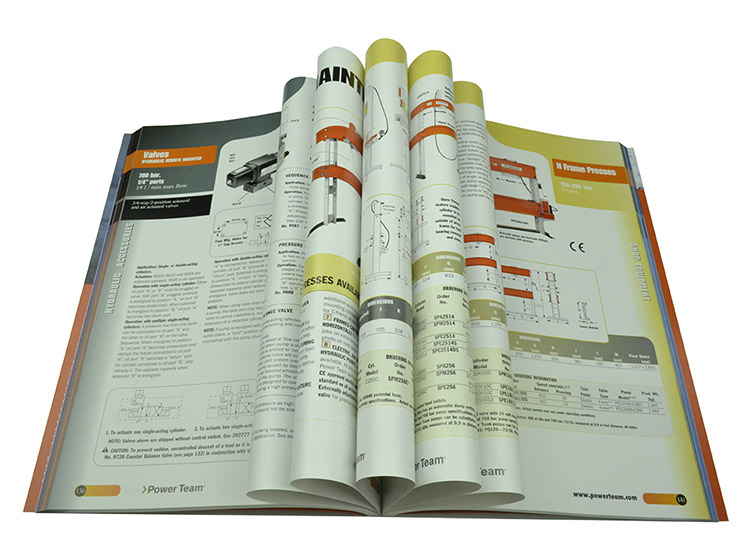
What's Catalogue Binding
Catalogue binding is the process of fastening individual pages together to form a book. It's a critical stage in catalogue production because it impacts how the catalogue opens, how long it lasts, and how users interact with it. Different binding methods can be used depending on the purpose of the catalogue, the number of pages, and the desired aesthetic. Whether you're looking for cheap catalogue printing options or investing in a bespoke, high-end product, understanding the binding process is key.
Professional catalogue printing services often provide a range of binding options, each with their own set of benefits. The choice of binding affects not just the catalogue’s appearance but also its cost, production time, and how flat it lies when open. It's important to consider these factors, especially if you're customizing your catalogue for a specific audience or purpose.
When selecting a binding style, think about the message you want to convey with your catalogue. Is it a luxury item that warrants a more durable and elegant binding, or a disposable piece that can use a more cost-effective method? The binding is an extension of your brand, so it should align with the overall design and quality of your catalogue.
At Chinaprinting4u, we offer 6 common catalogue binding styles, includes: saddle stitch, PUR binding, sewn perfect binding, wire-o bound, coil bound and hardcover. Let's take a look!
Saddle Stitch
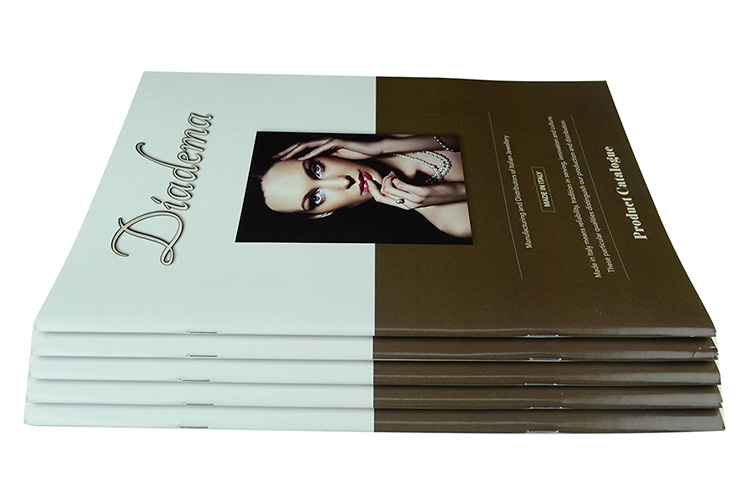
Saddle stitching is one of the most common and cost-effective binding methods used in catalogue printing. It involves folding sheets of paper in half and stapling them along the spine. This method is ideal for smaller catalogues with fewer pages, usually ranging from 8 to 64 pages.
One of the main advantages of saddle stitch binding is its simplicity and quick production time. It is a straightforward process that doesn't require glue or other adhesives, making it a great option for tight deadlines and limited budgets. Besides, saddle stitched catalogues lay relatively flat when open, which is convenient for readers.
But, saddle stitching does have its limitations. It's not suitable for catalogues with a high page count because the staples may not be able to securely hold all the pages. Besides, the spine of a saddle-stitched catalogue cannot be printed on. So if spine visibility is important for your catalogue design, you may need to consider another binding style.
PUR Binding
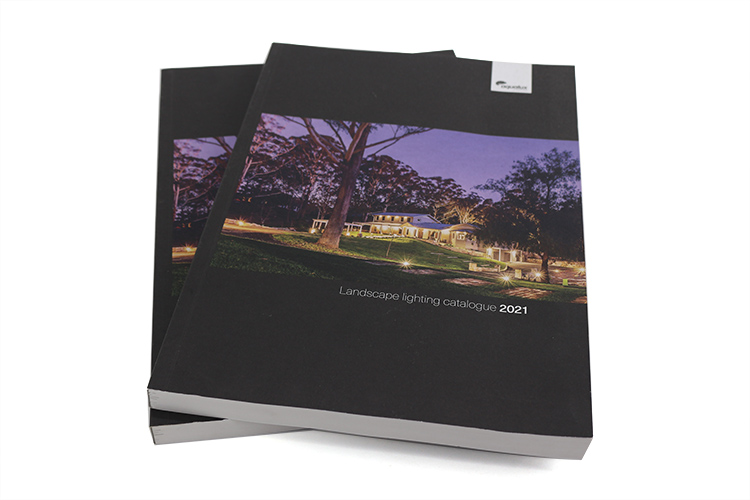
PUR binding, named after the polyurethane reactive (PUR) adhesive used, is a form of perfect binding that offers a high level of durability. It's an excellent choice for catalogues with a higher page count, usually recommend for over 20 pages of catalogue. Because the adhesive can hold a significant number of pages securely without risk of them falling out.
The process involves gathering pages together, applying the adhesive to the spine, and then wrapping a cover around it. The result is a clean, professional finish with a flat spine that can be printed on, providing additional space for branding or descriptive text.
While PUR binding is more expensive than saddle stitching, it’s a worthwhile investment for high-quality catalogue printing that is meant to last. The strong adhesive is resistant to temperature extremes and wear, making it ideal for catalogues that will be used frequently or need to withstand harsh conditions.
Sewn Perfect Binding

Sewn perfect binding is a premium catalogue binding option that combines the durability of sewing with the sleek look of perfect binding. In this method, sections of the catalogue are sewn together before the spine is glued and a cover is attached. This binding method is a best choice for the catalogue over 24 pages.
This binding style provides an exceptionally strong hold, ensuring that the catalogue can endure a lot of handling without the risk of pages coming loose. Sewn perfect binding also allows the catalogue to lie flat when open, enhancing the reading experience.
The main drawback of sewn perfect binding is its cost. It is one of the more expensive binding options due to the additional labor and materials involved. But, for luxury or high-end catalogues where quality is paramount, the investment can be justified by the superior finish and longevity that sewn perfect binding provides.
Wire-O Binding
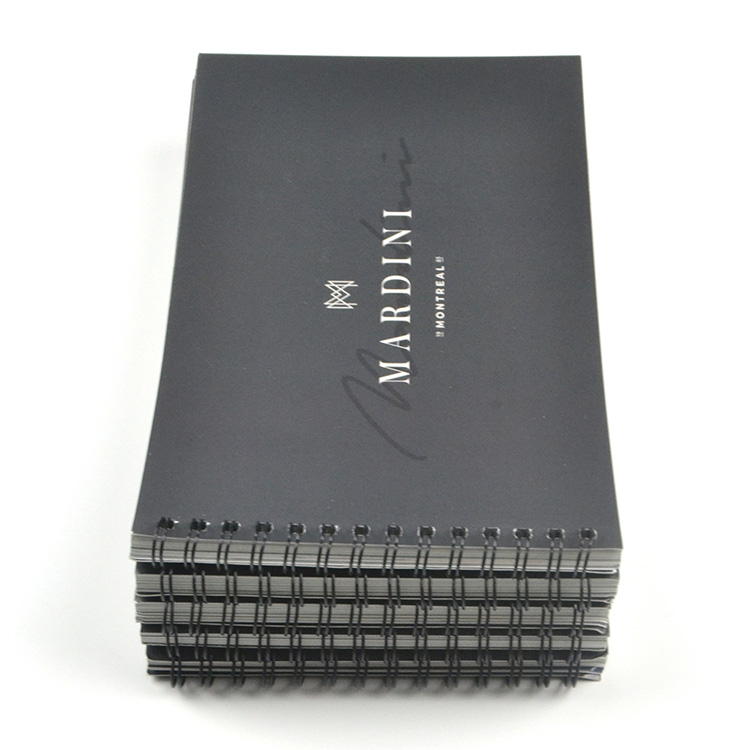
Wire-O binding, also known as double-loop, twin-loop, or duo-wire binding. It is a versatile and durable method that involves using a pre-formed wire in a "C" shape that's threaded through punched holes and then closed into a ring. This allows the catalogue to open 360 degrees and lay flat on a surface. It is perfect for product catalog, wedding catalogue, etc. where hands-free usage might be beneficial.
One of the standout features of Wire-O binding is its professional appearance. It's available in a variety of colors, allowing for customization that can match or complement the catalogue design. Besides, the metal wires are sturdy, offering a higher degree of durability than some plastic binding options.
Wire-O binding works well for a wide range of page counts and is particularly suited for catalogues that need to stay open without assistance. But, the wire loops can snag or get caught on other items if not handled properly. And the catalogue does not have a printable spine, which can be a disadvantage for display purposes.
Coil Binding
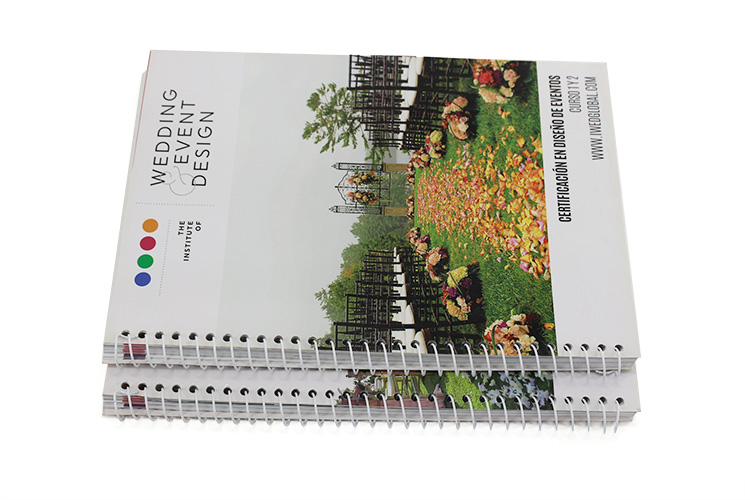
Coil binding, sometimes referred to as spiral binding, is a popular method for documents that need to be opened flat or folded back on themselves. A continuous, spring-shaped plastic coil is threaded through holes punched along the side of the catalogue pages, creating a highly flexible spine.
One of the main advantages of coil binding is the ability to completely rotate pages, which, like Wire-O binding, makes it a good choice for instructional or marketing materials. It's also a relatively durable option, as the coils tend to keep their shape and resist crushing. That making it suitable for catalogues that will be frequently used or transported.
Coil binding is available in a wide range of colors, which can be a fun way to enhance the visual appeal of your catalogue. It can accommodate varying thicknesses, from thin to very thick documents. But, like Wire-O, coil binding does not allow for spine printing, which can limit branding opportunities.
Hardcover

Hardcover binding, also known as case binding, is the most high end and durable of catalogue binding. This method involves sewing the inside pages together, then gluing on a hard cover. Hardcover catalogues exude quality and durability, making them the top choice for showcasing high-end products or services.
The hardcover provides a robust and protective casing for the pages within, making it ideal for catalogues that will be kept and referred to over time. The spine can be printed with text or designs, which is excellent for brand visibility on bookshelves or in display cases.
As the most premium binding option, hardcover binding is also the most expensive. The materials and process are more complex and time-consuming. But for businesses that want to make a lasting impression with their catalogue, it's an investment that can set them apart from the competition.
Tips for Choosing the Right Binding Method for Your Catalogue Printing
Choosing the right binding method for your catalogue printing requires careful consideration of several factors.
First, think about the purpose of your catalogue. Is it meant to be a disposable item, or do you want it to be a long-lasting reference? The expected lifespan of your catalogue will greatly influence your binding choice.
Next, consider the page count. Thicker catalogues will not fare well with certain bindings like saddle stitch. So you'll want to opt for binding methods that can accommodate a higher number of pages. Similarly, if your catalogue is relatively thin, a more economical binding method may be appropriate.
Another factor to consider is your budget. While it's tempting to go for the cheapest option, remember that the binding can impact the perceived value of your catalogue. If you're positioning your product or service as premium, investing in a higher quality binding can reinforce that message.
Finally, think about design and functionality. Do you need your catalogue to lay flat when open? Is spine printing important for your design? Answering these questions will help you narrow down the best binding options for your catalogue.
Binding is a critical aspect of catalogue printing, and with these tips and insights into the different binding styles available. You're now equipped to make an informed decision that aligns with your catalogue's purpose, design, and budget. Whether you choose saddle stitch for a cost-effective solution or opt for the elegance of hardcover binding, your choice will significantly influence the final product's impact.
Chinaprinting4u provides a wide range of catalogue binding options to meet your requirement. Whether you are looking for wholesale catalogue printing or high-end catalogue printing, we can provide the perfect binding solution to make sure your brand stand out. Contact us to custom your catalogue today!


